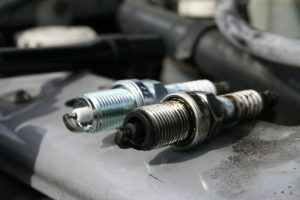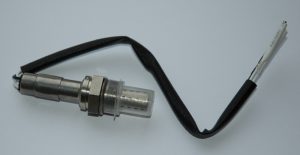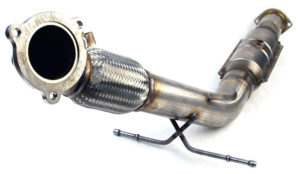While it is always important to be confident in your driving skills, especially through difficult weather, it is important to understand the dangers that can come with it. With the world throwing any type of rain or shine at us however it sees fit, there is nothing more vital than knowing how to handle the changing seasons when driving on the road. There is no better example of a weather hazard than those that come up when it snows. Read further to learn about the most common hazards that can arise when it snows and how to avoid them.

Dying Battery From the Cold:
A more indirect effect of snow, the extreme cold and insulation created by your hood can result in the draining of your battery. Cold naturally drains the energy out of any battery over time and considering how important they are for a car to run properly, it is important to keep this in mind and take steps to prevent it. The easiest ways to prevent your battery from losing its charge are to get the battery checked before the cold season comes to ensure it is not already low and trying to keep your car parked in some kind of enclosure or garage at all times when it’s not running. Another helpful tip is to give your car some time to warm up after you turn it on before using any accessories; using the radio or heater as soon as the engine is on may not give the battery enough time to recharge from the drain the cold has called, meaning it could stall.
No Traction on Wheels:
It seems like an obvious bit of advice, but it needs to be said again because of how important it truly is to ensure you keep control of your car while you drive. Snow causes an incredible amount of difficulty for your tires to gain traction on the road, which means that as soon as you relax on the wheel for even a minute, you could end up losing control if even the slightest change of terrain occurs. The most dangerous and common concern when it comes to snow is actually not even the snow itself, it’s the ice it may be covering that you wouldn’t notice. Hidden ice on the road is often referred to as “black ice” due to its extremely dangerous nature and the inability you would have to control your car if you drive over it too fast. Ways of counteracting this lack of traction is to constantly keep both hands firmly on the wheel, don’t take turns too sharply and never drive your car too fast when there are snowy or icy conditions.
Poor Visibility:
There is one constant when it comes to driving a car, if you can’t see where you are going, you can’t drive. One of the largest obstacles a person faces in any kind of bad weather is the issues that arise with visibility. Rain and snow can cause serious issues when it comes to seeing the road in front of you, which means you always need to have an increased sense of vigilance as well as taking steps to lessen the effects. Keeping your heater on the windshield setting while you drive helps to keep new ice from forming or snow from sticking on the windshield while still keeping you warm. Keeping a scraper in your car is also very important to help get the ice buildup off of your windows before you even drive it, because with the air being so cold, it would take way too long for it to melt on its own when you drive. Only use your windshield wipers if there is true snowfall, because the friction of the wipers on the windshield with the cold of the outside air could also cause the window to fog up slightly, further reducing visibility.

Conclusion:
There are plenty of different ways in which you can prevent yourself from danger while driving in the snow, but the most important thing is that you always employ these tips and never get comfortable. The ice and snow are constant hazards which require constant vigilance, so always take them seriously. When it comes to preparing yourself with the best tires and alignment for that upcoming cold season, there is no place better to go than Mike’s Brake & Alignment Shop, so come on in and let’s tackle this winter together.




